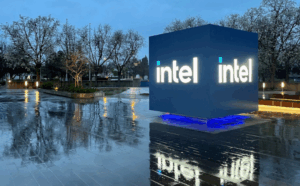Myopia, also known as nearsightedness, is becoming more common, especially in children. By 2050, experts think that about half of the world’s population could be affected. The increased use of screens and phones is thought to play a role in this rise.
For some, glasses or contacts are enough to manage myopia. But for others, it can lead to a serious condition called myopic maculopathy, which can cause severe vision loss. Researchers at Arizona State University (ASU) are using artificial intelligence (AI) to develop better ways to detect this disease early. They recently shared their findings in a scientific journal.
Myopic maculopathy happens when the eye becomes stretched, causing blurred vision and potential blindness. By 2050, around 18 million people could go blind because of this condition. Early detection is key, especially for children. Special treatments, like eye drops or contacts, can help slow its progression.
Professor Yalin Wang and his team at ASU are using AI to improve diagnosis. Their new tools can quickly and accurately examine eye scans, making it easier to catch the disease in its early stages. This AI-driven approach could lower medical costs and help more people access better care.
Wang’s team also took part in a global challenge to improve AI screening systems for eye diseases. Their AI algorithms, known as NN-MobileNet, can classify the severity of myopic maculopathy, helping doctors provide better treatment. Their work is also focused on improving eye scan accuracy, allowing for more precise prescriptions for glasses or contacts.
These advancements could greatly benefit people in remote areas with limited access to healthcare. Wang’s goal is to make this AI technology available worldwide, helping improve vision care for everyone, especially in developing countries.
Source: asu.edu




